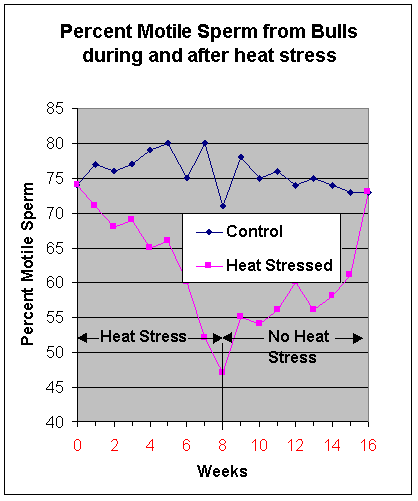July 15, 2019
Cattle and beef markets looking for summer direction
by Derrell S. Peel, Oklahoma State University Extension livestock marketing specialist
I just returned to Stillwater after several weeks of travel. Late last week I was in central Nebraska on the eastern side of the Sand Hills. Excess water continues to be an issue there with continued flooding and roads washed out. Bottomlands used for hay production are too wet for haying or grazing. In other regions, haying is delayed and producers are struggling to harvest high-quality hay but lots of hay production is underway.
Fed and feeder cattle cash markets both jumped sharply last week, led by higher Live and Feeder futures. This comes after several weeks of pressure and a somewhat overdone futures correction. Uncertainty continues to plague cattle markets with broader trade and political uncertainty augmented by unknown and evolving feed market conditions. Corn will no doubt be higher on a smaller crop this year but exactly how much higher and smaller remains an unknown. Both corn acreage and yield are uncertain at this time.
Heavy feeder cattle prices abandoned the seasonal pattern in early May with weaker prices thus far this summer. However, feeder markets may be set to pick up some of the seasonal trends to higher prices in the next month. Heavy feeders typically peak in late summer. Fed cattle prices typically move to a seasonal low in late summer. Last week’s jump in cash fed could represent a summer low but there are still several weeks of summer before a low can be assured.
Boxed beef cutout values had an early spring peak and have dropped seasonally since. Current Choice boxed beef values are still under pressure but are above last year at this time. However, Select wholesale beef prices are weaker resulting in a Choice-Select spread that is moving higher counter-seasonally at the current time. Choice beef
Beef markets are trying to sort out a number of domestic and international market issues. The latest beef trade data was better with May exports about equal to last year; although imports continue to grow year over year so far this year. However, domestic beef markets continue to struggle under relatively poor summer grilling weather thus far and struggling macroeconomic conditions. Ample supplies of meat are weighing more heavily on the market as well. In particular, large pork supplies and the failure of anticipated Chinese demand for pork to materialize is pushing pork wholesale values
Trade and global conditions, feed market conditions, and summer demand conditions are all contributing to uncertainty and lack of direction as cattle and beef markets slog through the summer doldrums.
The impact of hot weather on bull fertility
by Glenn Selk, Oklahoma State University Emeritus Extension animal scientist
Last week’s newsletter contained a discussion of the impact of high-pressure heat domes on cattle reproductive performance in the mid to late summer in Oklahoma. Now let’s look at the effect of heat stress on each side of the reproduction equation. First, we examine the impact on the male. Next week we will look at research on the heat-stressed cow.
Several research trials have been conducted throughout the years looking at the effect of high temperatures on bull fertility. Certainly that research has importance to many Oklahoma and Southern Plains cattlemen in the summer of 2019.
As far back as 1963, researchers exposed bulls to temperatures of 104 degrees F. and 54% humidity for an 8 period and then allowed the temperature to drop to 82 degrees F with 72% humidity for the remainder of the 24 hour period. This temperature regimen was continued for 7 days and was designed to resemble natural conditions in the subtropics. They found the high temperatures resulted in major detrimental effects on initial sperm motility, sperm concentration and total numbers of sperm per ejaculate. One cannot escape the conclusion that high ambient temperatures can result in detrimental effects on fertility by effects on both the cow and the bull. Oklahoma scientists (Meyerhoeffer, et al.1985, Jour. of Anim. Sci. 60:352) placed bulls in controlled environments of 95 degrees F. for 8 hours and 87 degrees for the remaining 16 hours while similar bulls were placed in environments of 73 degrees constantly. These treatments were applied to the bulls for 8 weeks and then all bulls were allowed to be in the 73-degree environment for another 8 weeks.
During the treatment, the heat stressed bulls had rectal temperatures of 101.7 degrees F and non-stressed bulls had rectal temperatures of 100.8 degrees F. The percentage of motile sperm cells decreased significantly in the stressed bulls by 2 weeks of heat stress. See the graph below. Sperm motility did NOT return to normal values until 8 weeks after the end of the heat stress. This explains some of the reduction in fertility that is often associated with summer and early fall breedings.

Cow-Calf Corner is a weekly newsletter by the Oklahoma Cooperative Extension Agency.
